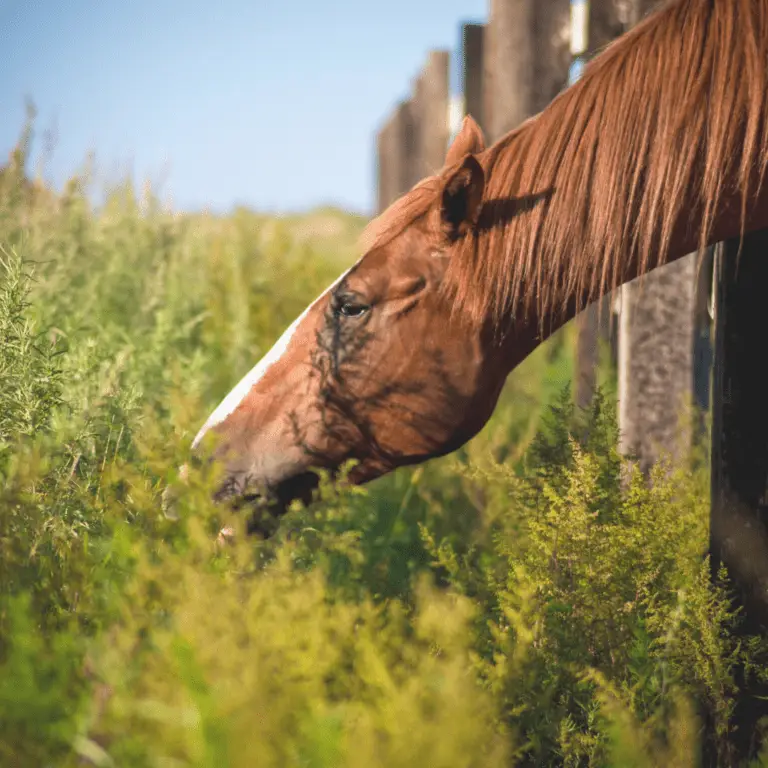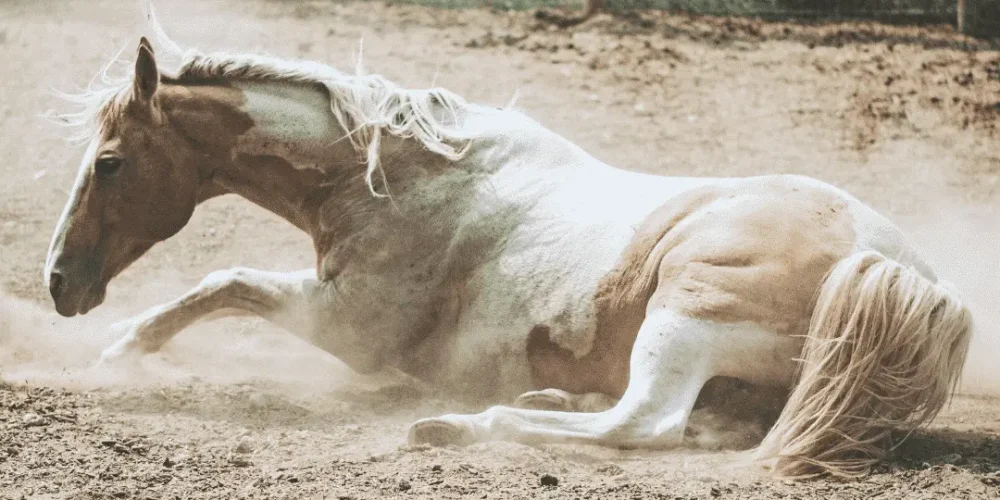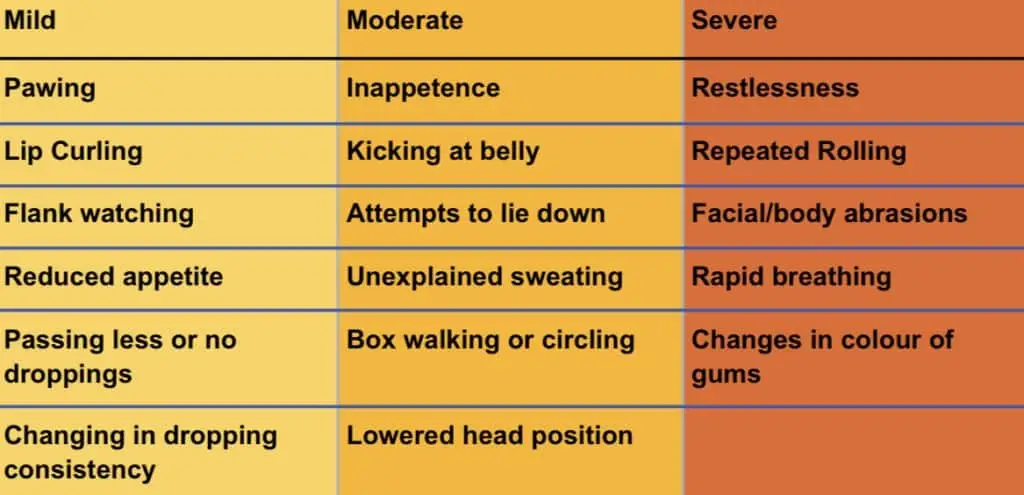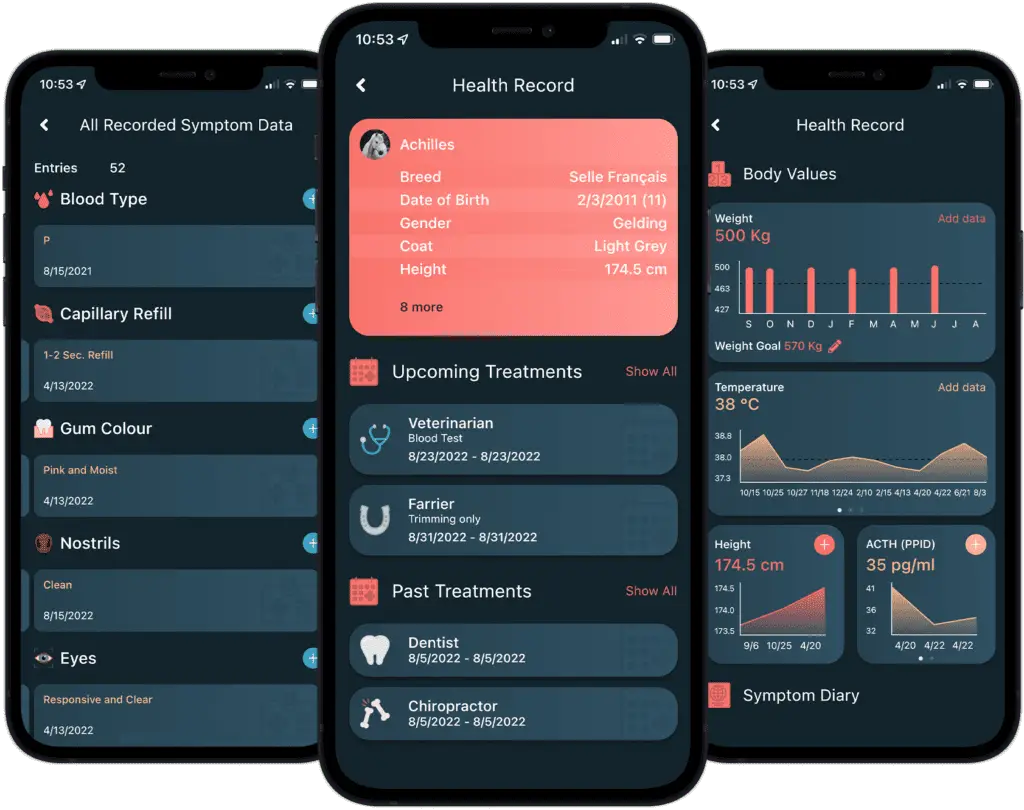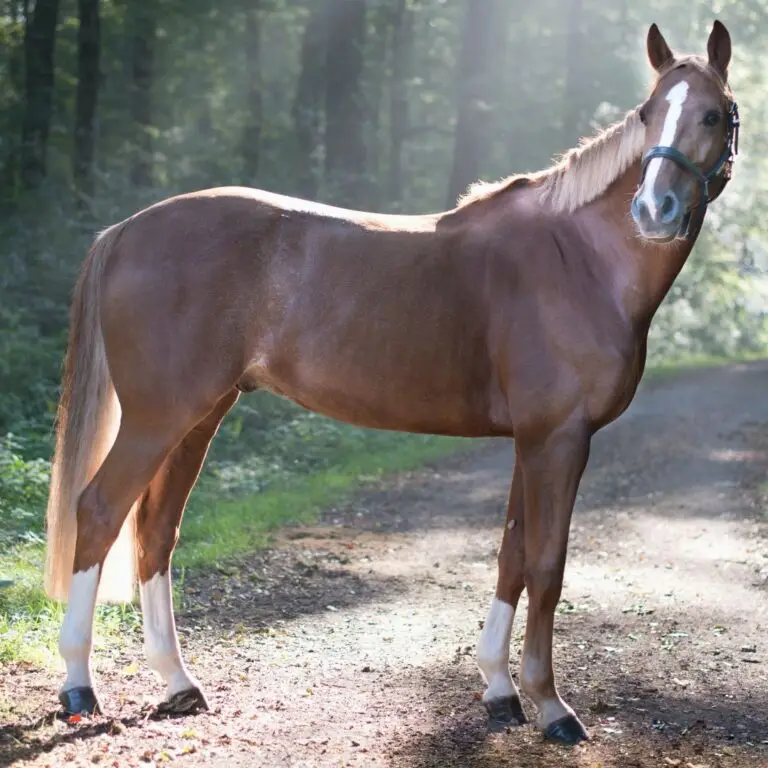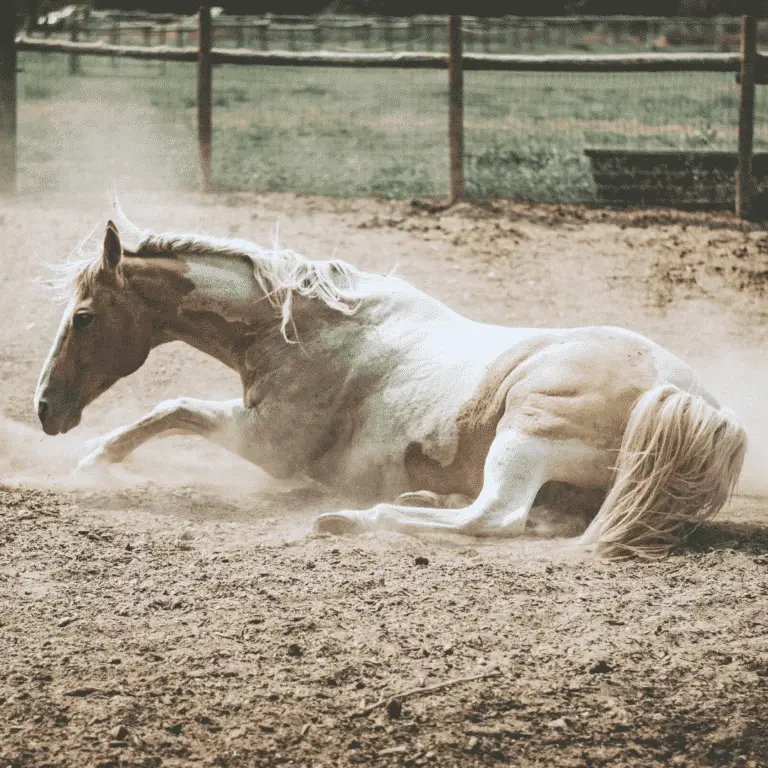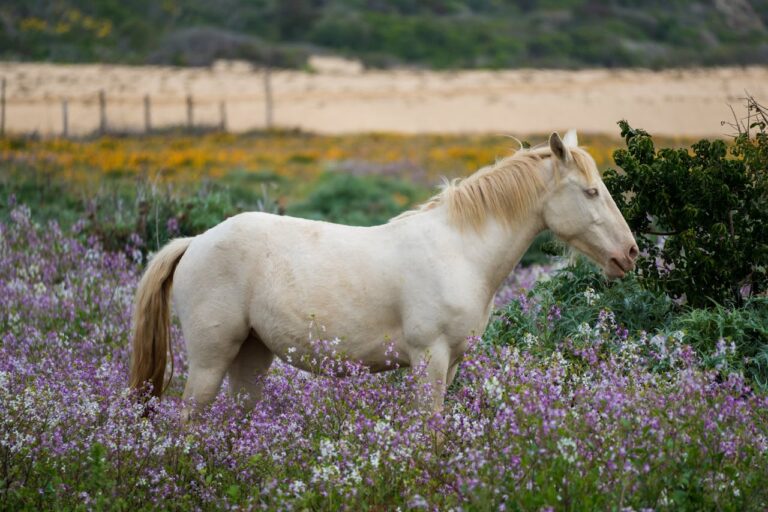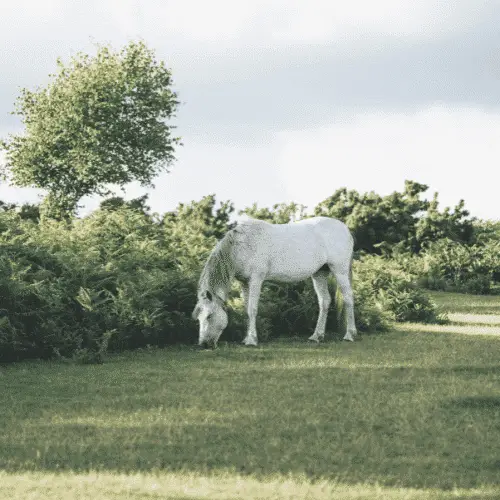Medical myths often get started with reasonable observations. However, whether those observations reflect anything that’s actually going on with the horse is a different question entirely. In fact, nonsensical information has a remarkable ability to stick around, even after there’s good proof that the information is nonsensical. Many myths about equine colic still persist today:
MYTH: If the horse has passed manure, the colic problem has been resolved.
FACT: Faecal material can still be passed from the latter portions of the intestinal tract, even if the horse has an obstruction further forward which has not resolved. Passing faeces is, in general, a good indication of gut motility, but your horse will still require a full examination regardless of whether he has or has not passed any droppings.
MYTH: If a horse is referred to a specialist clinic, they will always operate.
FACT: The referral clinic will re-examine the horse and can usually carry out more extensive examinations than in the field. Surgical intervention will only be proposed if it is necessary to save your horse’s life. Medical treatments are also available which may assist in certain cases. Importantly, your horse will be under constant observation.
MYTH: My horse is too old for surgery.
FACT: Researchers have concluded that age alone is not associated with outcome and is not a reason to decline colic surgery. An owner may be less willing to put an older horse through surgery because they feel it’s not fair to do so, or for purely economic reasons. In addition, older horses may no longer be insured, so the finances for surgery may not be available.
MYTH: If a horse has colic, keep him moving and don’t let him lie down or roll.
FACT: If the horse is lying or standing quietly, let him be. If the horse is restless and repeatedly getting up, lying down and attempting to roll, then walking may help to distract and settle him. In some instances, short periods of intermittent walking can increase intestinal motility and help resolve an impaction or colon displacement. Hours of endless walking, however, can leave a horse exhausted and a poor candidate for surgery.
However, if the horse is so violently agitated that he’s thrashing dangerously, do not risk injury to yourself. Leave the horse alone until help arrives. If you aren’t walking him, be sure to keep a close eye on him.
MYTH: Paraffin oil will clear the abdominal impaction.
FACT: While paraffin oil can be used in certain cases as a marker for gastrointestinal motility, it is not beneficial in any other way. It will not assist in dissolving impacted faecal material. Studies have shown that nasogastric intubation (inserting a tube through the nose and into the stomach) with an isotonic solution (water and salts) is the best method of softening the impacted material to enable it to be passed. The aspiration of paraffin oil into the lungs can result in pneumonia, which can be fatal. Nasogastric treatments should be administered only by a vet.
